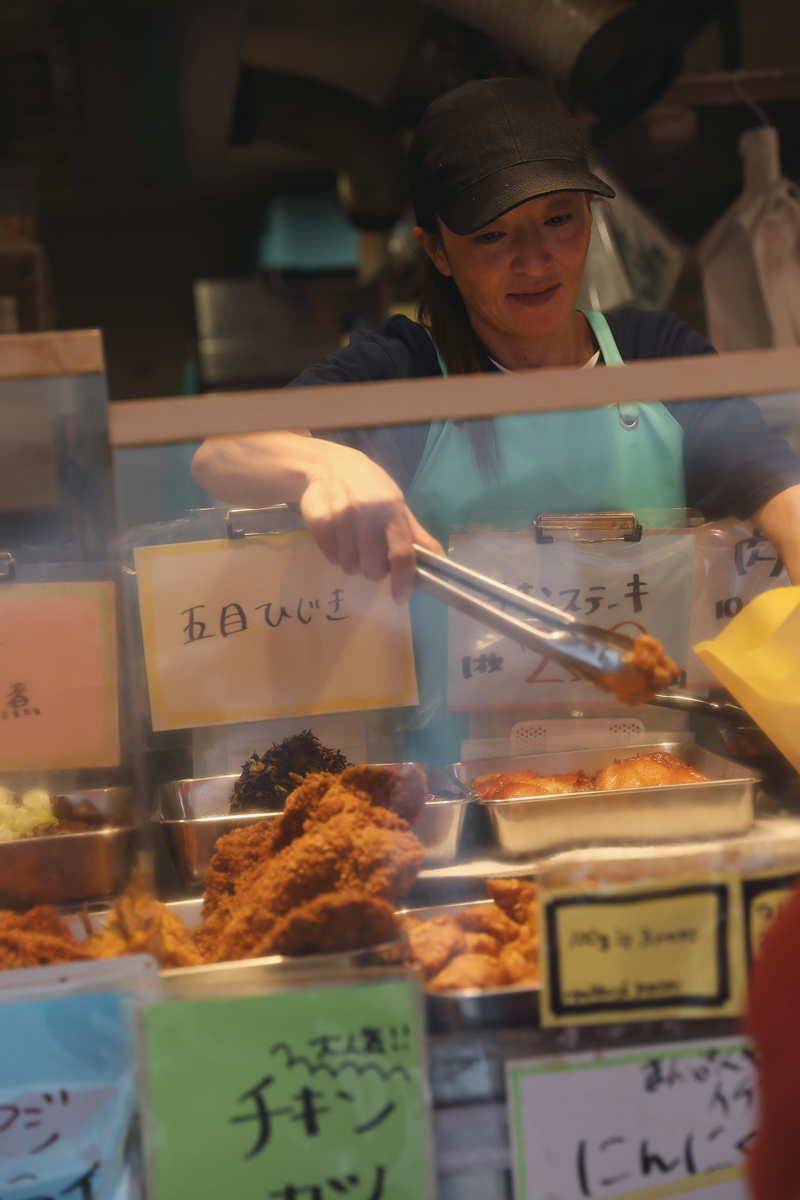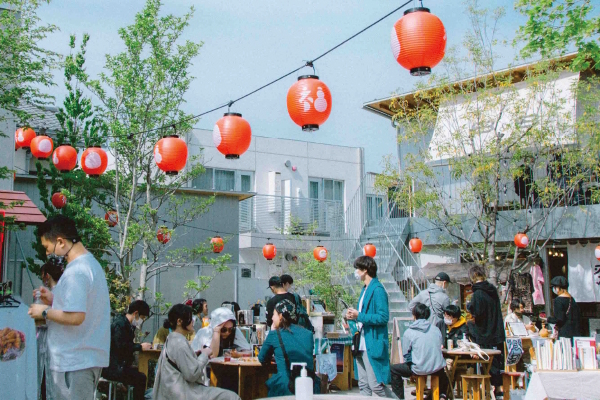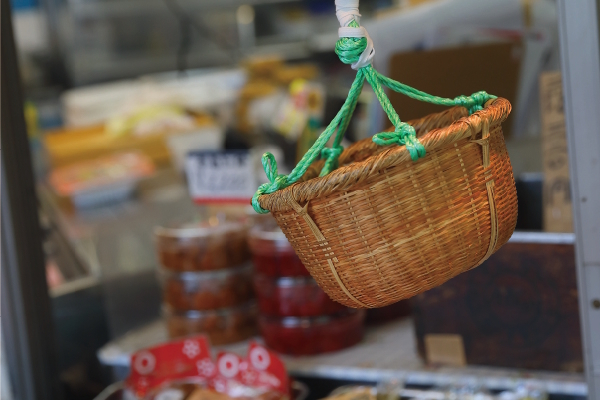再開発と街の記憶
Feature | 2024.12.13
再開発で生まれるものとなくなるもの、という話。
東京を歩けば多くのクレーンを見かける。
ときには同じ場所に何本もたっている。
そんな場所ではたいがい、再開発事業が行われている。
そこに新しい街ができ、未来が訪れる。
しかしいま、再開発と聞くと後ろ向きな気持ちになる。
その開発は本当に正しいのか。
東京の3カ所の再開発現場を紹介する今号のyoff。
この号を読んで都市や街づくりについて考えてもらえるとうれしいです。
Let’s explore what redevelopment creates
and what it takes away.
Walk around Tokyo, and you’ll see many cranes—
sometimes several in one area.
Such areas are usually redevelopment project sites that will
spawn new districts with the promise of a better future.
But lately, the term “redevelopment” stirs unease—is it
truly the right path? This issue of yoff examines three
Tokyo sites, inviting reflection on urban planning.

東京をはじめ、日本の各都市で再開発が進んでいる。
建物やインフラの強化、防災機能の充実などといった理由があり、多くの事業者は異口同音に「にぎわいの創出」や「潤いある街づくり」をうたい、駅前には高層ビルが建ち、住民が増え、活気ある街へと変貌するという。それって本当?と思いながら、再開発の現場を歩いてみた。
Redevelopment is advancing rapidly across Tokyo and elsewhere in Japan,
with promises of stronger infrastructure,
disaster resilience, and vibrant communities.
Skyscrapers rise around stations, attracting residents and activity—
but do such redevelopments truly deliver? With this question, I visited several sites.
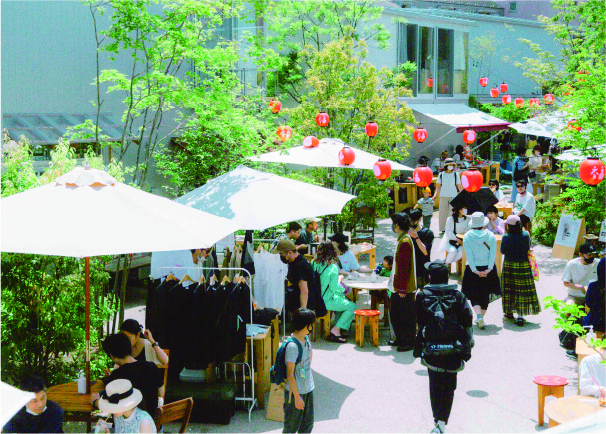
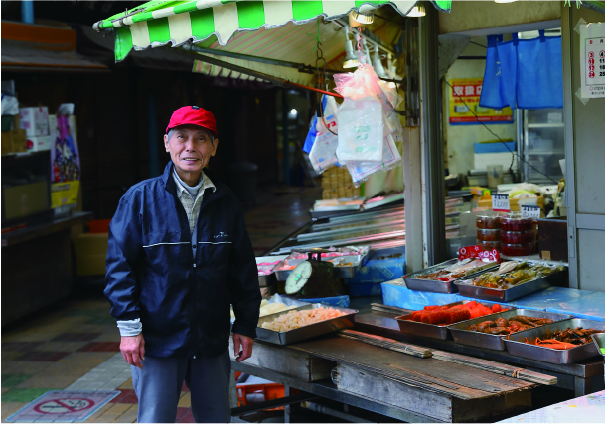
いま東京は未曾有の再開発ラッシュだという。すぐに思いつくところでは虎ノ門、麻布台、八重洲、渋谷といったところ。なかでも渋谷は100年に1度といわれる大規模再開発。駅はビルに囲まれ、ハチ公が息苦しがっているような気がする。変貌は激しく、渋谷を熟知した人でも道に迷うという。自分は長年、渋谷で働いてきたこともあり、この街が大好きだった。だけどいまは苦手。人が多いし、道がわからないし。
なにもない場所に街をつくる開発と、そもそも街があり生活があった所に手を入れる再開発は大きな違いがある。たくさんの人が訪れ、食べて、飲んで、笑って、ときには泣いて、人生のいくらかを過ごした街が変わる、それが再開発。好きな人の手を握った場所、子どもと一緒に歩いた場所、友人と大酒を飲んでバカをやった場所、通勤や通学で毎日通った場所。街にはそれぞれの人の、いろいろな想い出や記憶に残る風景がある。それが再開発でなくなることもある。大切にしまっていた昔の写真が消えてしまうような。
開発は希望、再開発は喪失。そう思うのは自分だけだろうか。でもなかには幸せな再開発があるのも事実で、下北沢がそのいい例。
いくつかの再開発の現場を巡ってみようと思った。都心のオアシスである神宮外苑、センベロの聖地といわれている立石、そしてすでに新しくなった下北沢。それぞれに再開発にいたる理由があり、目指すべき姿もあるようで、それはホームページなどに書かれている。だけど、こと街にいたっては行ってみないと実感できないものが多くある。そんなことで、3つの再開発の現場を訪ねた。
Tokyo is amid an unprecedented redevelopment boom, with major projects in Toranomon, Azabudai, Yaesu, and Shibuya. Shibuya, in particular, is undergoing a “once in a century” transformation. The station is now encircled by skyscrapers, almost suffocating Hachiko and leaving even locals disoriented. Having worked in Shibuya for years and loved the city, I now find it overwhelming—crowded and unrecognizable.
Developing a new district is vastly different from redeveloping an area with a rich history and community. Redevelopment transforms places where people once lived, worked, laughed, cried, and made memories. The spot where you held hands with someone special, the streets you walked with your child, the corner where you laughed and drank with friends, the paths you took daily—these cherished places often disappear with redevelopment. This feels like losing a cherished photograph from the past.
Development inspires hope, but redevelopment often feels like loss. Am I alone in thinking this? Yet, examples of “happy redevelopment” exist, and Shimokitazawa is a prime example.
With this in mind, I visited three redevelopment sites: the urban oasis of Jingu Gaien, Tateishi’s beloved drinking district, and the newly transformed Shimokitazawa. While their redevelopment goals are detailed online, districts must be experienced firsthand to be truly understood.

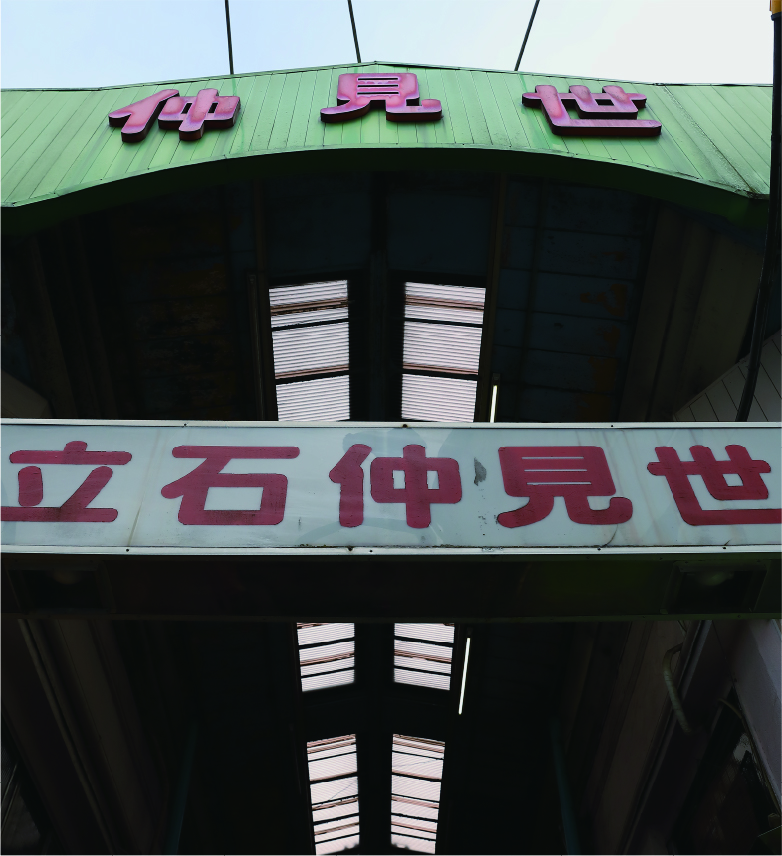
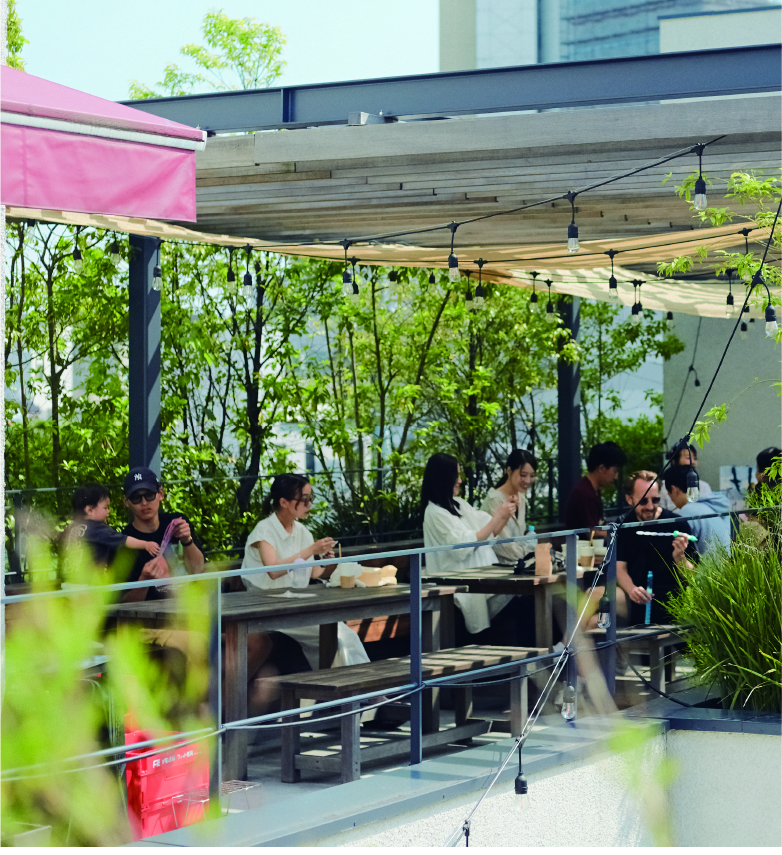

閲覧中の特集はこちら
